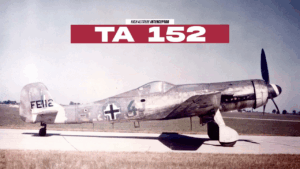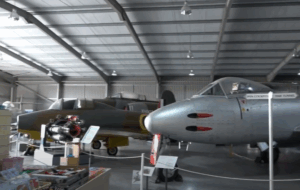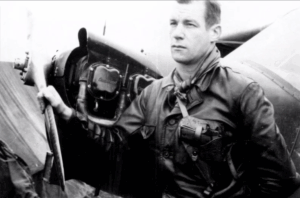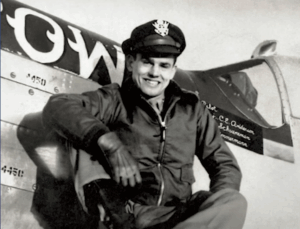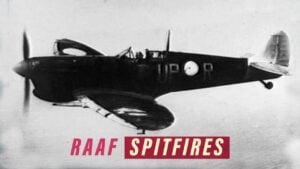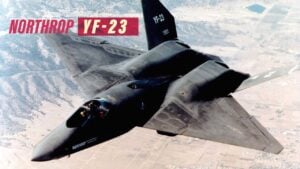One Of WW2’s Most Underappreciated Planes

YouTube / Rex's Hangar
The Martin Maryland, a twin-engine light bomber and reconnaissance aircraft, is one of World War II’s most underappreciated planes. Despite being overshadowed by more iconic bombers like the B-17 Flying Fortress or the British Lancaster, the Maryland played a crucial role in the early years of the war, particularly for Allied forces in Europe, North Africa, and the Mediterranean.
View this post on Instagram
Designed by the Glenn L. Martin Company, the Maryland entered service in 1939. Its sleek design, powered by two Pratt & Whitney R-1830 Twin Wasp engines, offered impressive speed and range for its class. Armed with four fixed .30 caliber machine guns and capable of carrying a 2,000-pound bomb load, it excelled in reconnaissance and light bombing missions.

Though initially overlooked by the U.S. Army Air Corps, the Maryland found a second life in British and French service. The Royal Air Force (RAF) utilized it for vital reconnaissance missions, including gathering intelligence on the Italian fleet at Taranto, which led to the successful British naval air attack in 1940. Similarly, Free French forces relied on the Maryland in North Africa, using it to strike Axis supply lines and gather critical battlefield intelligence.
View this post on Instagram
Despite its contributions, the Maryland lacked heavy defensive armament, making it vulnerable in combat. By the mid-war period, it was outclassed by newer, more powerful aircraft like the Martin Baltimore. Yet its early-war service provided a vital bridge in capability for Allied forces.
View this post on Instagram
The Maryland’s lack of fame stems from its relatively short career and limited numbers, but its reliability, versatility, and impact in key missions make it a deserving contender for recognition among WWII aircraft. It was a true unsung hero that quietly helped turn the tide of war in critical theaters.














